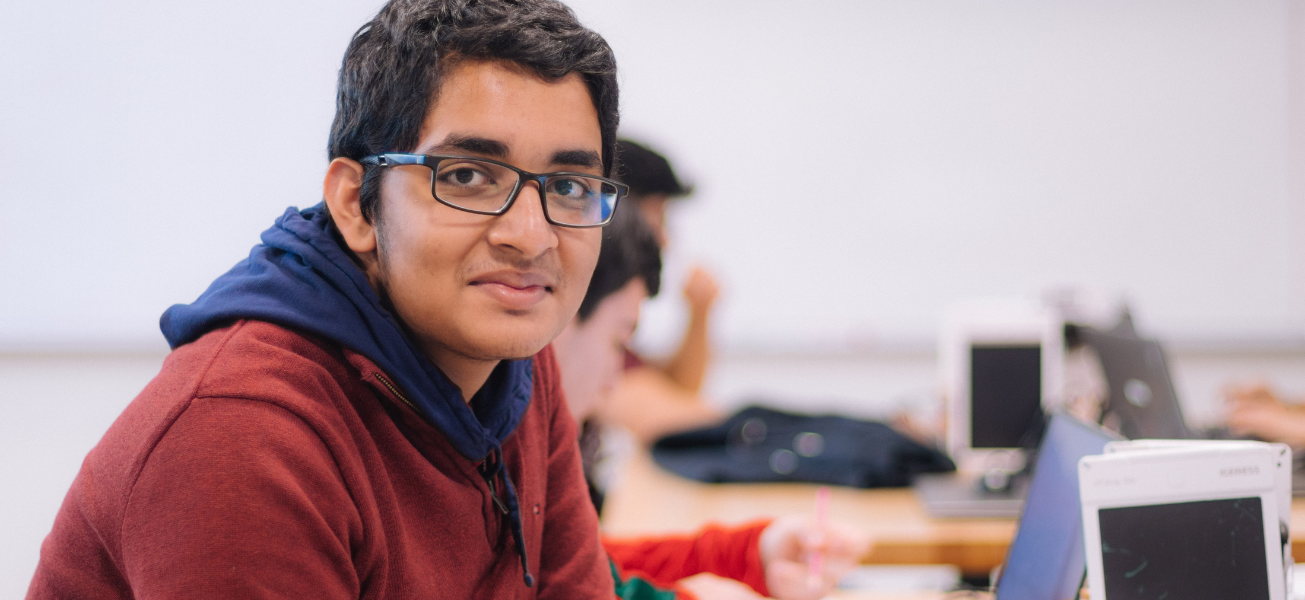It’s the beginning of the year and I am sure we all have goal setting on our minds as educators. We set personal goals for our own teaching and learning and often encourage students to set goals at the start of the year. These goals could be academic, behavioral or even connected to a goal they have in their free-time, like getting better at a sport or helping around the house more. Before we launch into what kind of goals to set and how to set meaningful goals, let’s consider why we should set goals at all.
Why set goals?
Goals help students become more self-directed and focused. Educators and authors Doug Fisher and Nancy Frey explain that goals help develop a growth mindset when they are (1) specific, (2) challenging, and (3) compare growth to the student’s own baseline or past performance. Goals also increase student metacognition, help students redefine personal success, increase motivation and engagement, and encourage students to take more ownership for their learning. Want students to be more persistent, resilient, and harder working? Have them set meaningful goals that motivate and inspire them. Hoping for an increase in student self-efficacy this year? Have your class set individual personal goals that challenge them to achieve their own personal best, not tracking their progress against that of their peers.
What kind of goals should students set?
There are SO many types of goals students can create. Students can set year-long or shorter goals that connect to academic progress when connected to data collection after establishing baseline data in a certain area. Teachers and students can work together to chart data and monitor progress through reflective conversations throughout the year or semester. Students can also develop SMART goals for any area in their learning environment. These goals definitely help students focus on mastery learning of grade-level content and standards. We can also encourage students to consider goals around behavior expectations, SEL competencies, or just about anything. I call these “macro-goals”. These are long-term, big-picture goals.
But what about the kind of goals that help students daily during each lesson/unit or class period? Having students do a quick goal-setting at the start of a lesson, connected to the learning intention or objective, makes learning much more relevant, deep, and engaging. I like to think of these as “micro-goals,” and they have an important place in our learning environments so students can get motivated, sustain effort when learning gets challenging, and build greater self-awareness and learner agency.
How do I help my students set goals?
Okay, so we get why it is important and we understand the need for more opportunities for micro-goal setting. How do we do it?
Step 1: Establish a Firm Goal.
Create learning goals/objectives/intentions based on your firm goal and share them in student-friendly language. Lisa Bosio shared an amazing account (plus strategies) of how a team of educators developed clear learning intentions and success criteria that lead to deeper learning. Check out this awesome podcast from Katie Novak to learn more about the importance of firm goals and teacher clarity.
Step 2: Create Success Criteria.
Determine what students need to do to demonstrate that they have met the goal, using “I Can” statements or other student-friendly language.
Step 3: Share the “Why”.
Explain to students why this learning goal is important and relevant to their lives. Building authentic connections increases engagement and develops learner agency.
Step 4: Create and Align Student Goals.
Work with students on setting their own goals related to the learning intention.
This is the heart of student goal setting. We want students to take that learning intention and success criteria and really reflect on what they want to achieve during the lesson. How can they personally connect to the bigger goal? These micro-goals can align with UDL if students ask the following questions:
How Will I Grow?
This type of goal might focus on the student identifying a coping strategy, exploring ways to grow in empathy or self-awareness, or developing an area they want to work on, such as becoming more collaborative or challenging themselves when making choices about their learning. This type of growth micro-goal can support the development of the principle of engagement.
Here's an example. You are about to teach a lesson on addition and subtraction with regrouping. A student in your class struggles with the concept of place value, so he or she typically shuts down or is easily frustrated during instruction and independent practice. A micro-goal that answers “How will I grow?” might look like these examples.
“When I get frustrated, I will use a breathing strategy to calm down and focus.” (This goal supports the student's perseverance and self-regulation. It also builds self-awareness, which is connected to developing emotional capacity.)
“If I get overwhelmed, I will think about how to use this skill to help me save money for a game I want to buy.” (This focus recruits the student’s interest and makes the topic more authentic and relevant).
“During independent practice, I will ask the teacher if I can work with a partner on problems that are harder for me.” (This goal supports engagement as the student can collaborate with a partner when stuck).
What do I want to know?
A student might set a specific goal based on what they already know or what they want to learn about the content being studied. This type of content-specific micro-goal helps support the principle of representation and flexible means related to perception, vocabulary, and building knowledge. These goals can be more academic in nature and focus on a progression toward mastery learning.
Here are a few content-specific goals related to a lesson on argument writing in a secondary grade-level.
“I want to learn more about how to develop a strong counterargument so I can better anticipate other points of view when I am arguing for my perspective.” (This goal supports critical thinking and perspective-taking).
“I want to push myself to find 2-3 primary sources of evidence to support my claim.” (This goal can heighten the salience of ideas and support building knowledge).
“I want to choose a topic that I don’t know much about and use my research to form an opinion about something new to me.” (This goal supports transfer and generalization of knowledge into other topics and areas).
“When given options to go deeper in my learning, I usually always choose to read on my own. This time, I will explore a video or podcast and discuss the main ideas with a partner”. (This goal supports reflecting on options for perception when learning new content).
All of these goals support the development of background knowledge, guide information processing and activate prior knowledge to support deeper content learning.
How will I show?
Students might use this question to develop a goal around demonstrating what they learn. The goal could involve challenging themselves to choose a scaffold or end product they wouldn’t usually gravitate toward. They might also want to work on a specific skill you provided action-oriented feedback on in the previous lesson. These goals support the principle of action and expression as students reflect on flexible means while expressing themselves and planning.
Some examples of action-oriented micro-goals might be:
“I struggle with getting my thoughts on paper sometimes and have not wanted to use speech-to-text support. For this assignment, I will try to use speech-to-text to generate my written essay and see how it goes”. (This goal supports trying out a new way to generate writing).
“When I am given a choice board, I never pick the option to create a video. This time, I will try it out and work with a partner to challenge myself.” (This goal supports expression and communication while stretching the student to take a risk).
“My last assignment was a scramble to finish. I want to use the assignment checklist and rubric to organize and plan what I am going to do. (This goal helps support strategy development).
Step 5: Self-Reflect and self-reflect some more.
Embed opportunities for students to check in with the learning intention and their personal goal throughout the activity or lesson. Encourage students to reflect on (1) their progress, (2) areas of support they need to meet goals, (3) whether they have met their goal…yet, and (4) the process of goal-setting itself.
Taking the time to encourage students to set more meaningful goals is time well spent, making the experience of a universally designed lesson even more relevant, engaging, and powerful.




